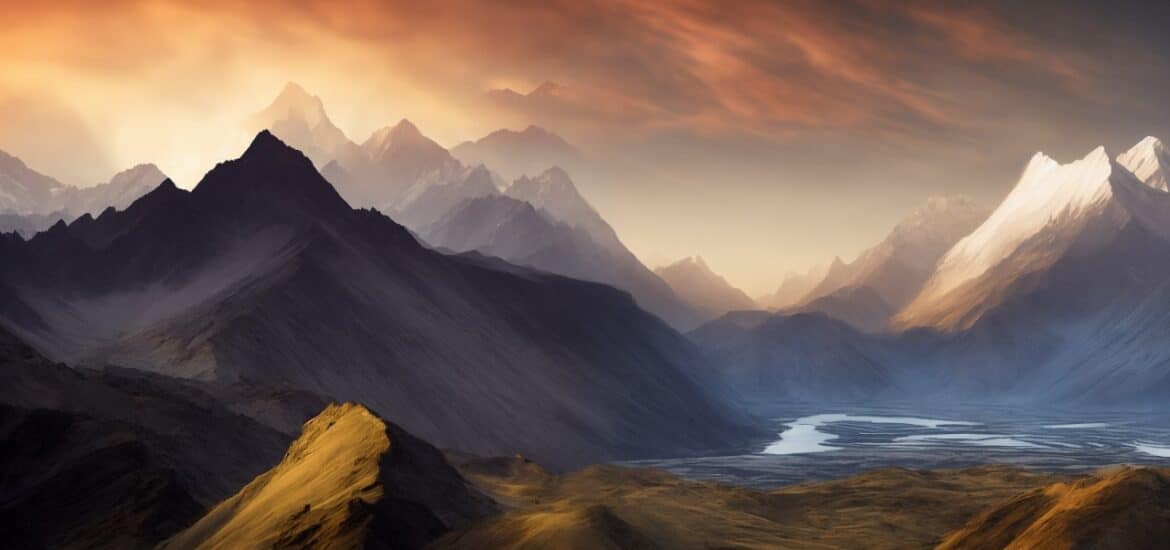Humans are miraculous creatures, able to carve out an existence in some of the world’s harshest conditions. Somehow, the human diaspora spread to almost every corner of the planet. However, some parts of this paradise are not fit for human living, which won’t deter some people. A recent online post asks people to share some of the most inhospitable places on Earth.
1. The Death Zone

Anyone keen on mountaineering will know the “Death Zone,” the high-altitude, low-oxygen altitude above 8,000 meters where many adventurers meet their end. There are only 14 peaks above 8,000 meters worldwide, and all are in the Himalayas. Once a climber hits this height, the drop in oxygen, arid air levels, and punishing atmospheric pressure all contribute to conditions that make any human action somewhere between difficult and fatal.
2. McMurdo Dry Valleys, Antarctica
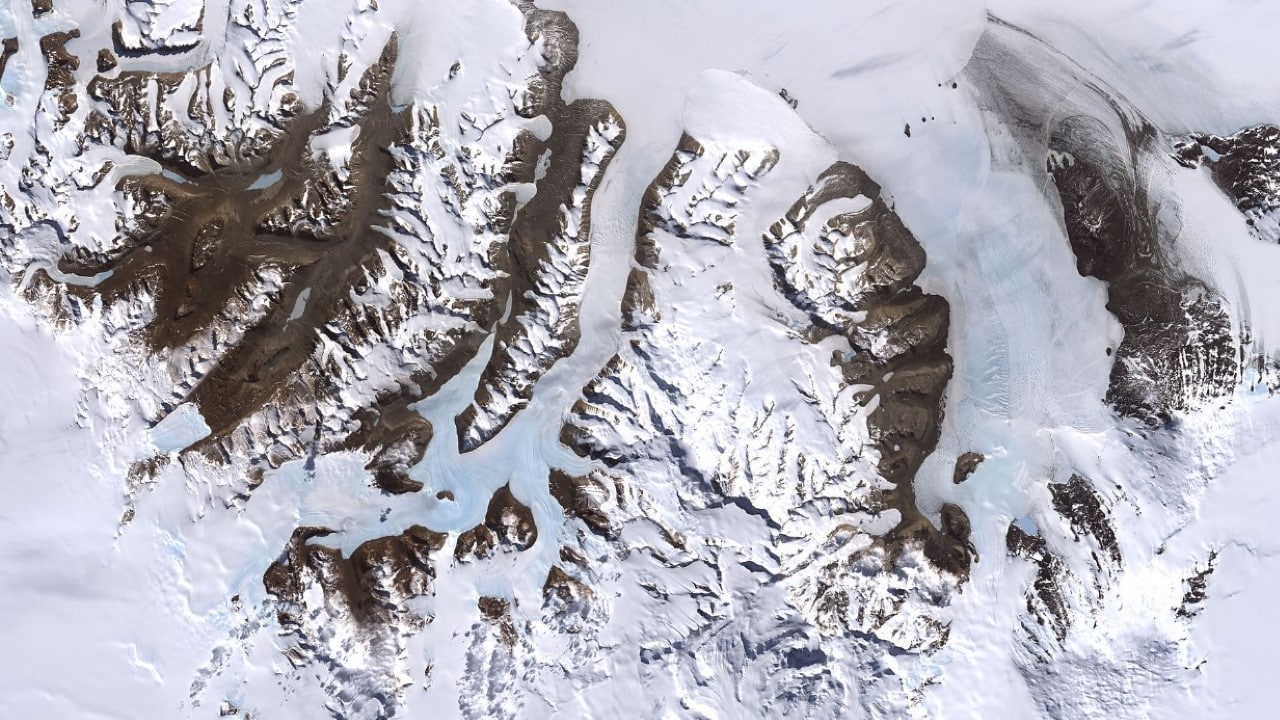
Being at the bottom of the planet will push anybody to their limit, which is why dozens of safety precautions exist. However, one part of the largest continent is ice-free, and here one will find the McMurdo “Dry Valleys.” However, with temperatures dropping to sub-40 and only 50 millimeters of rain per annum, only microbes can grow here, making life impossible for any other life forms.
3. Rannoch Moor, Scotland
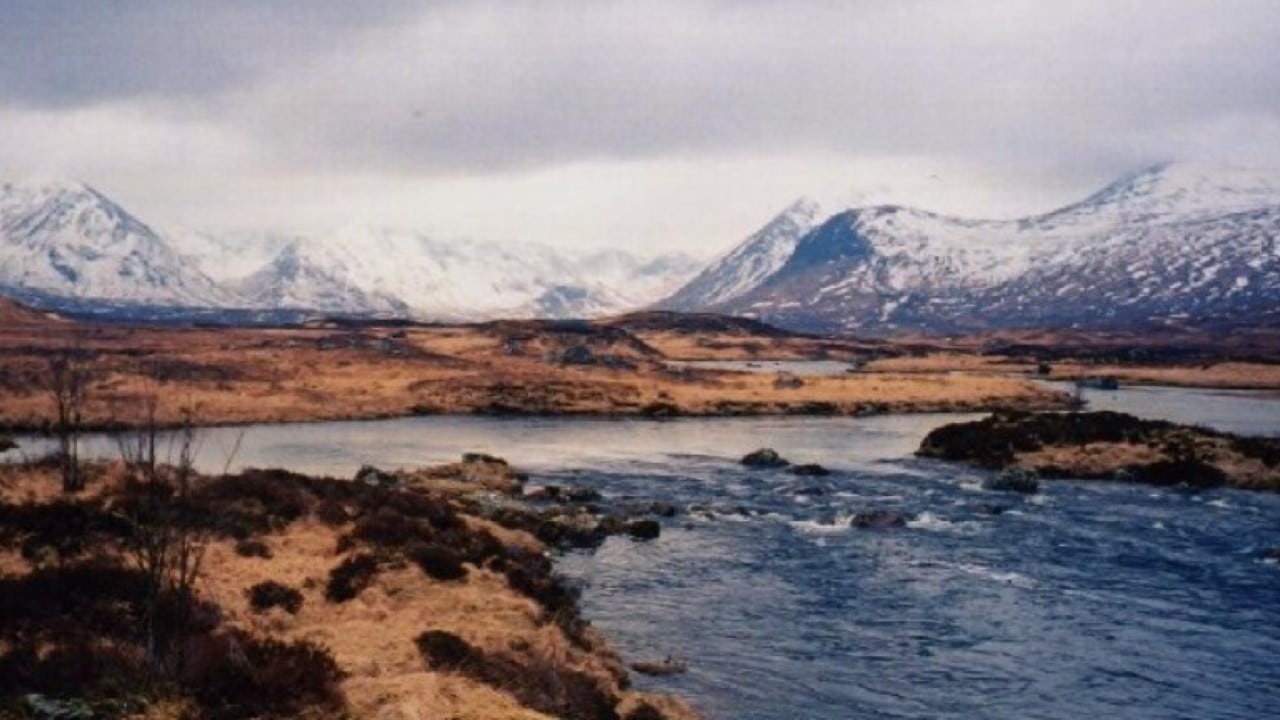
After a local survival enthusiast declared he could endure a year living on Scotland’s most infamous, inhospitable Rannoch Moor, his body was discovered two weeks later. The moor has very little life, is completely exposed to the elements, and has no dry space for resting anywhere. One review of Rannoch Moor is that the best route for lost hikers is to find the railway track that runs through the moor, catch a train, and leave.
4. Bouvet Island, Antarctica
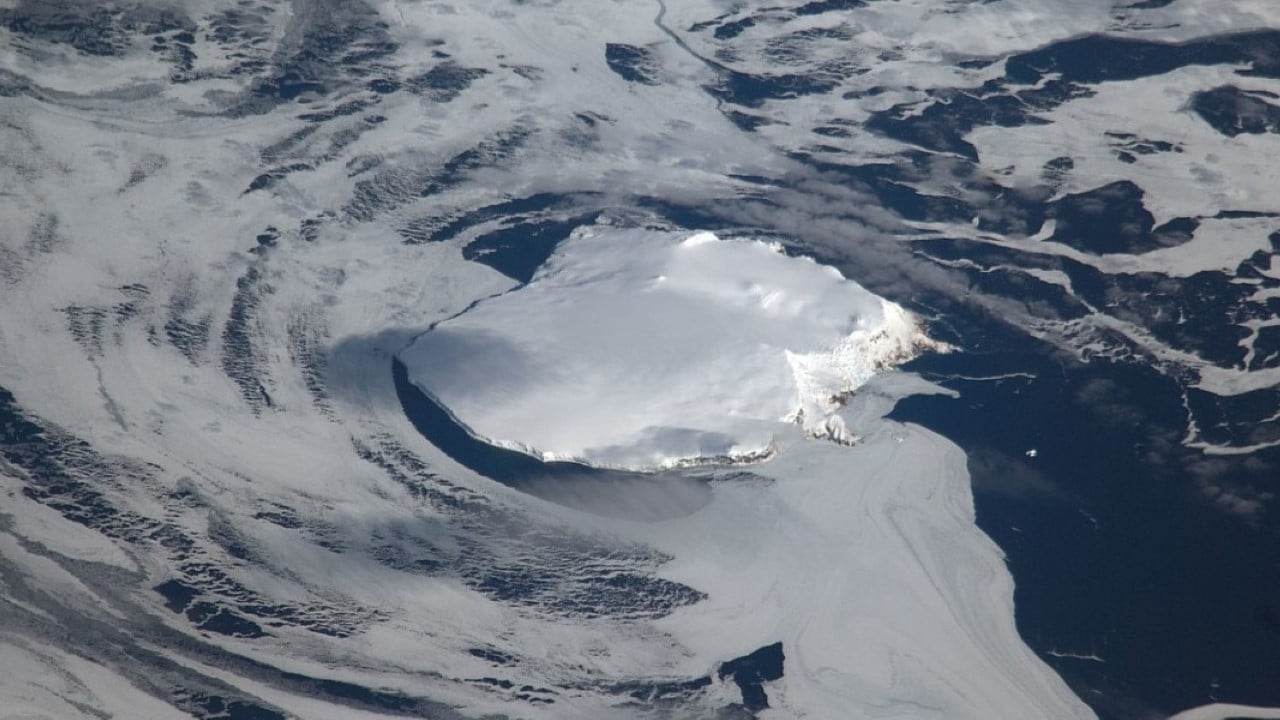
In the movie Cast Away, Chuck Noland (Tom Hanks) is stuck on a tiny, remote Pacific island where he survives for five years alone. Noland would not have been so lucky had his plane crashed near Bouvet Island, which will not end well for any survivor. If the ice-cold water doesn’t finish you, the island is 93% glacier, with the remainder made of rock. Very little life can survive this frozen wilderness, and this outpost sits 2,000 km from any civilization.
5. Lake Karachay, Russia
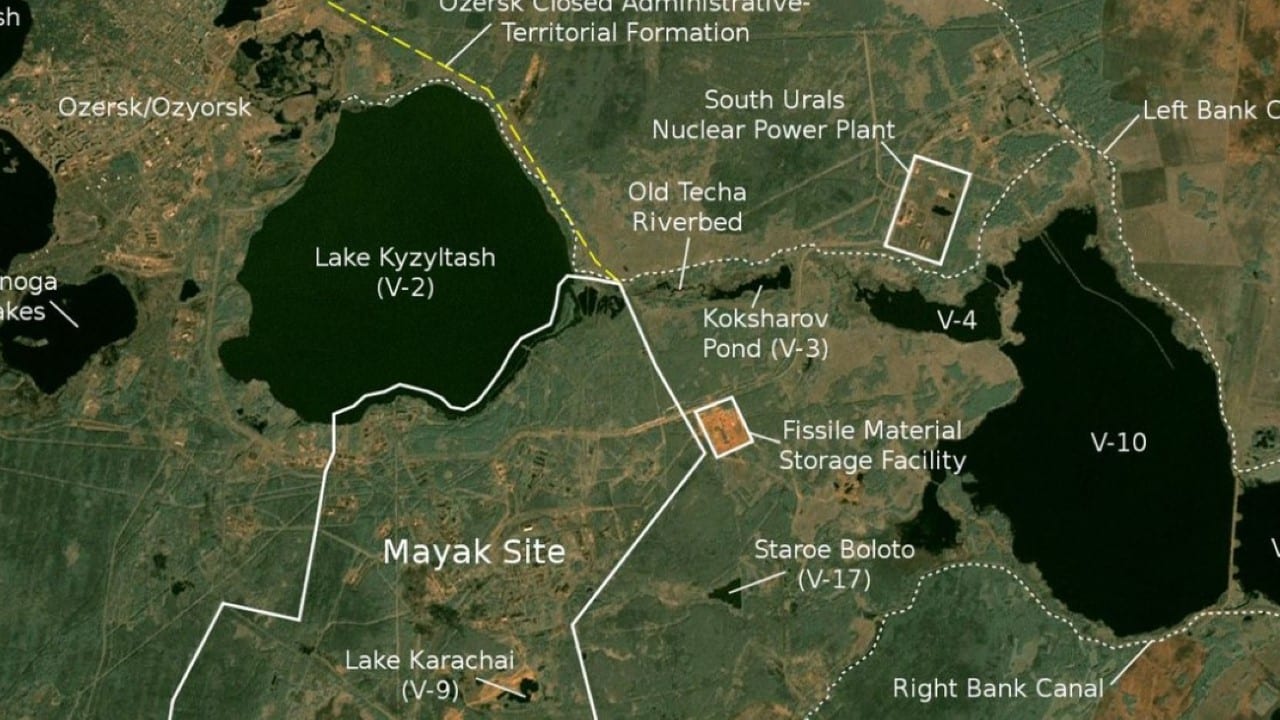
Lake enthusiasts would need to seek medical help if they had any designs on visiting Lake Karachay, Russia’s prime dumping site for nuclear waste since the Cold War. A Worldwatch Institute study found the lake the most polluted open-air site on Earth, with a staggering 4.44 x becquerels of radioactivity over less than a square mile of water. If humans were exposed to this, their inevitable demise would take mere days.
6. The Mariana Trench
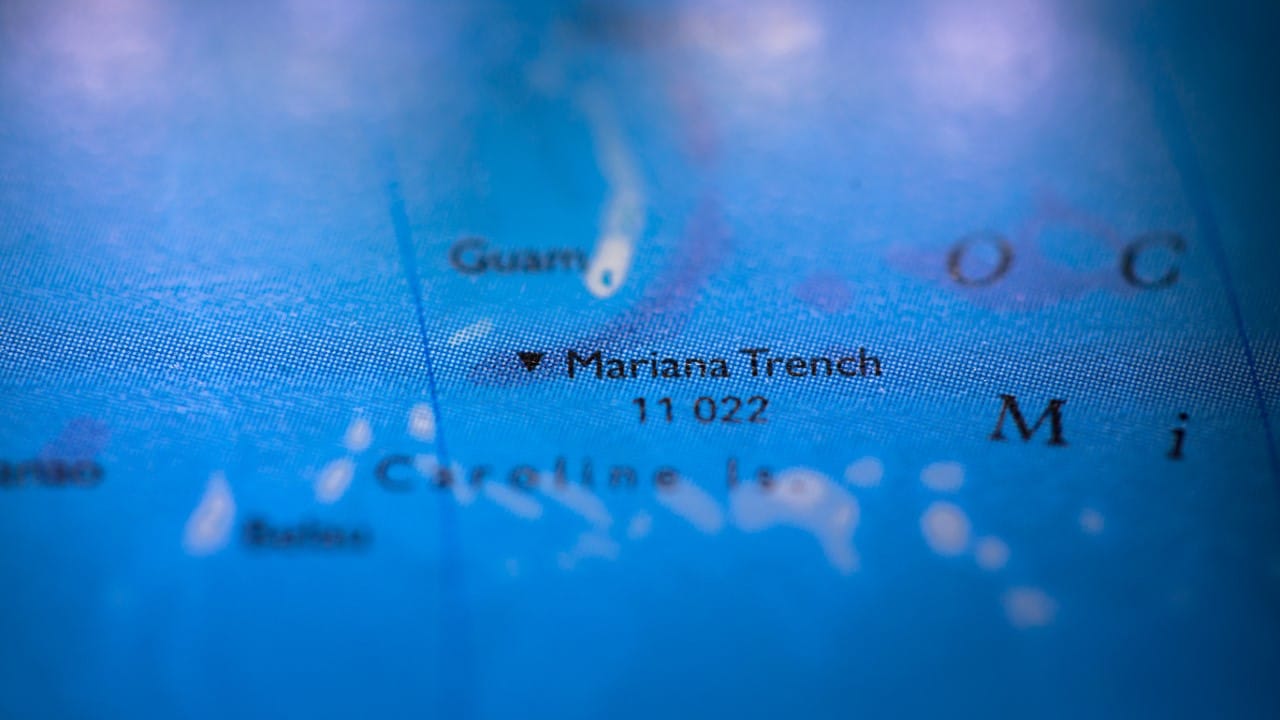
Surprisingly, the deepest ocean trench of them all, which reaches a depth of 10,994 meters, somehow supports sea life. Few creatures or plants can handle oceanic water pressures of eight tons per square inch. The hardy specimens one can find at these dark depths include the “Dumbo” octopus, the barreleye fish, and the seadevil anglerfish.
7. Chernobyl, Ukraine
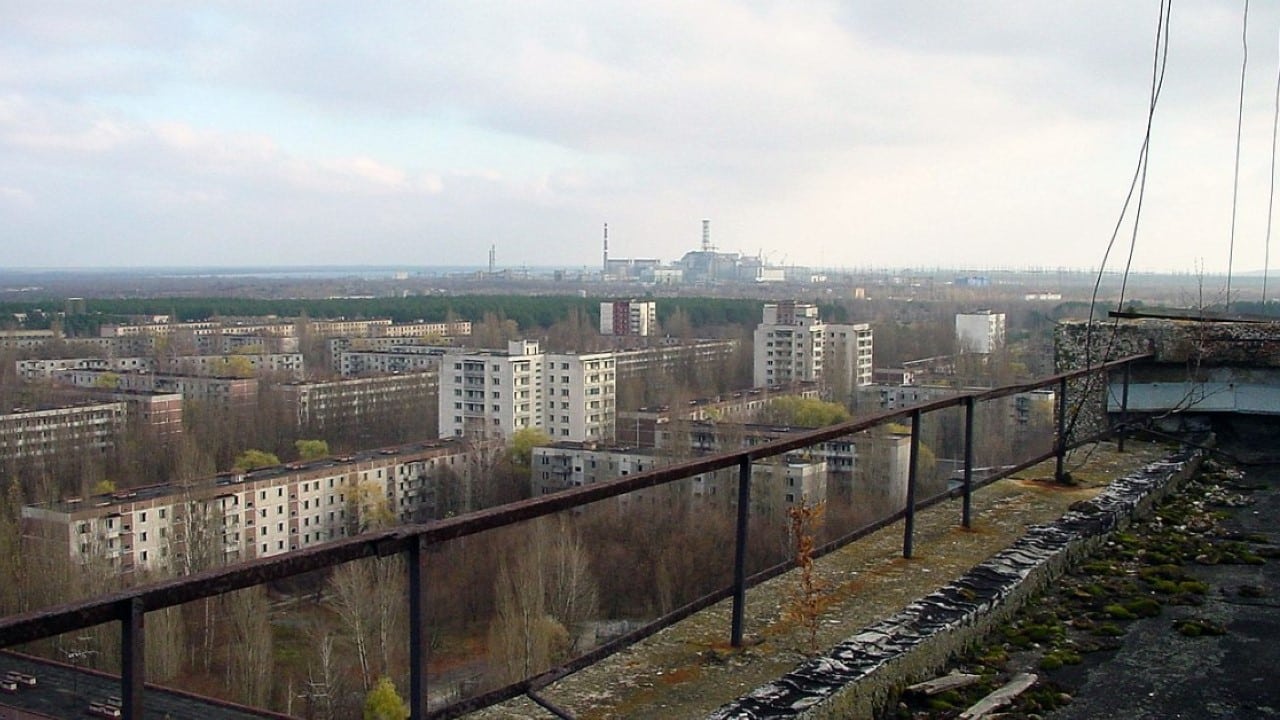
After watching HBO’s fantastic mini-series, memories of the terrifying ex-Soviet reactor meltdown brought to reality what happened in 1986. Consequently, a 30-kilometer exclusion zone was set up to protect residents. Anybody who decided to live close to this zone would risk long-term radiation poisoning.
8. Danakil Depression, Ethiopia
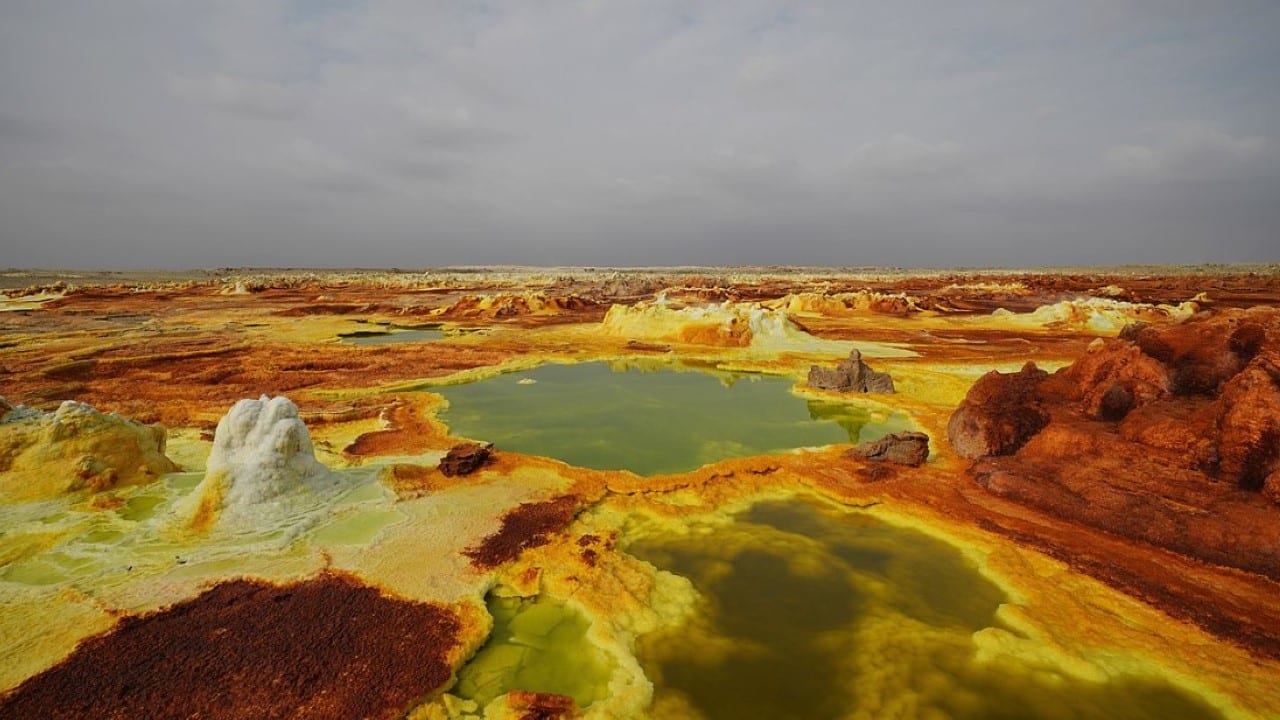
In northern Ethiopia’s desert region, a 100m depression has evolved where continental plates have shifted apart, leaving a geologically volatile landscape. The Danakil Depression resembles a planet from Star Trek, with bright-green geysers, volcanoes, and poisonous rock pools creating a harsh living environment for anybody. However, it didn’t deter the aptly named Afar people from salt mining in the region.
9. Oymyakon, Russia
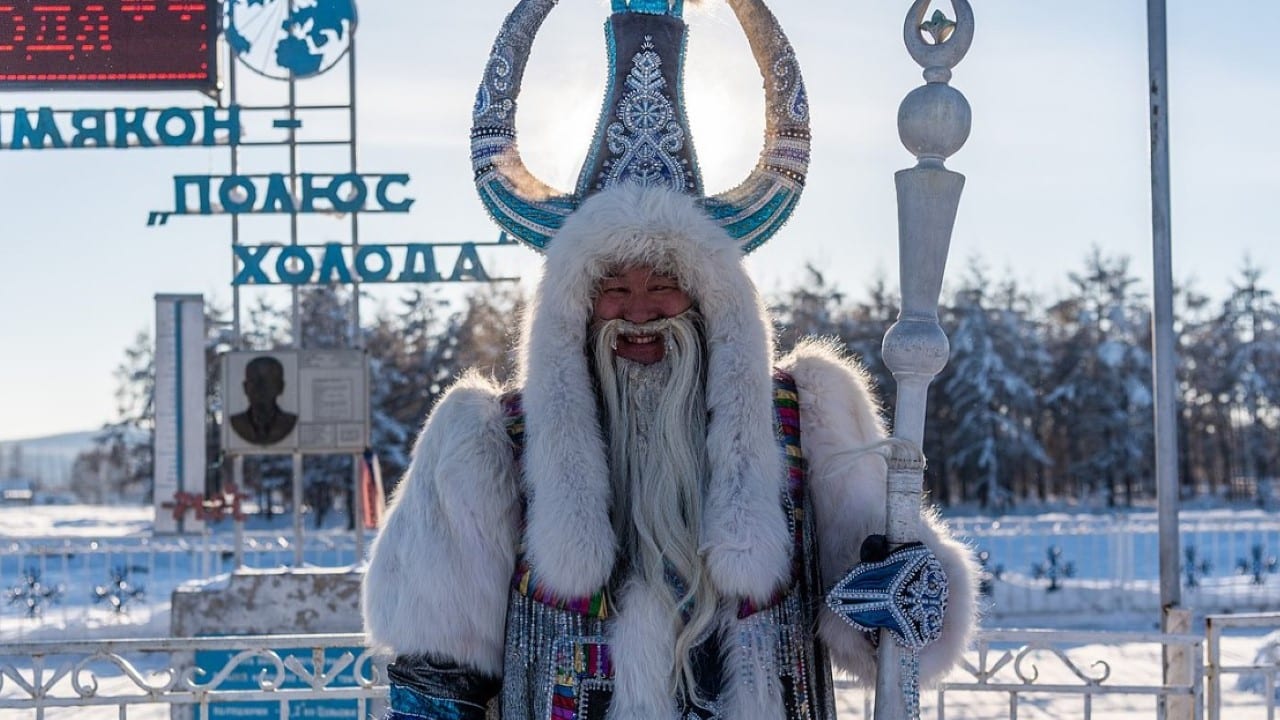
You will have some cold towns when a huge swathe of your land mass sits in the Arctic Circle. The alleged coldest inhabited place in the world, Oymakon, is in Siberia, and residents only see daytime for an average of three hours daily. The town is eternally covered in ice, and temperatures in winter (they have seasons) have reached -90 degrees Fahrenheit, yet people live in this place for some bizarre, masochistic reason.
10. Snake Island, Brazil

Sao Paolo is one of Brazil’s most populated cities and the nearest major location to Ilha da Queimada Grande, which sits 150 kilometers away. But why is this island so dangerous? Ilha da Queimada Grande is nicknamed “Snake Island” for its native population of over 2,000 golden lancehead snakes with venom known to melt flesh. Even the Brazilian Navy is advised not to venture into this inhospitable landscape.
